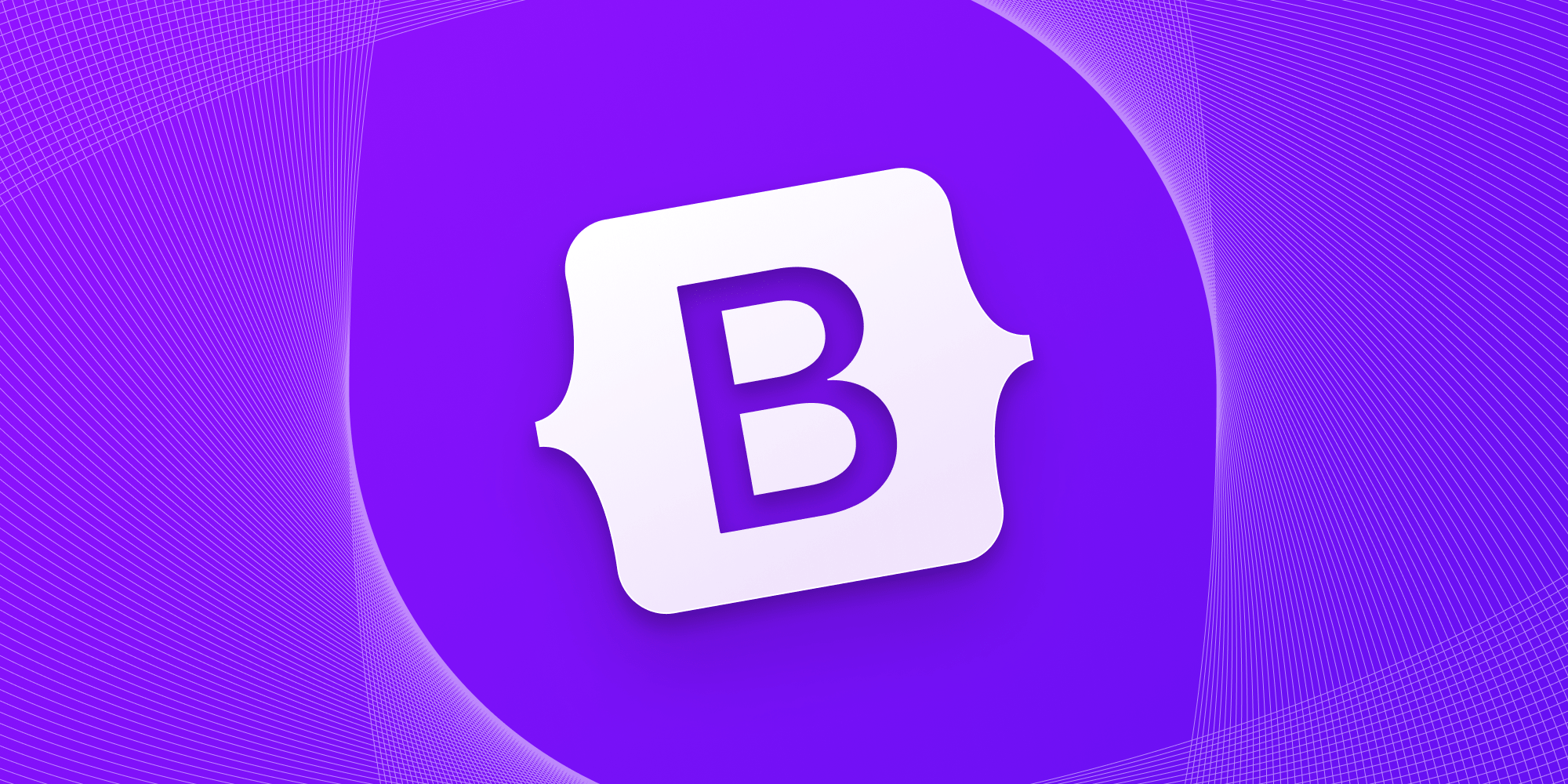vpnaffiliating
New Member
Hello, when we click on an empty space on the website, a window opens. What is the name of this ad format? How do I do this?
Follow along with the video below to see how to install our site as a web app on your home screen.

Note: this_feature_currently_requires_accessing_site_using_safari
<!DOCTYPE html>
<html>
<head>
<title>Click Event Example</title>
</head>
<body>
<div id="targetDiv">Original Content</div>
<script>
// JavaScript code goes here
</script>
</body>
</html><script>
// Select the body element
document.body.addEventListener('click', function() {
// Select the div by its ID
var div = document.getElementById('targetDiv');
// Update the inner HTML of the div
div.innerHTML = 'Hello, World!';
});
</script>
/*my note: change div.innerHTML = 'Hello, World!'; to';
div.innerHTML = '<img src="url/or/path/to/banner.jpg?a=1&b=2" />';
******************************************/A modal on that page or a new window?a window opens

OK, that is a pop up (popover), look at the the URLs at the top ... looks looks it was user initiated from the page under it --it wasn't?pop modal to download something other than the file chosen for download. Hacker hacking hackers.
looks looks it was user initiated from the page under it --it wasn't?
Ah thank you, so from which advertising company can I buy this type of advertising, I have never seen such an advertising companyYou can buy "direct click" better called redirected click.
$7.00/1000
the user clicks a link and gets your page on the first try --any automatic downloads are not accepted --usually. Landing Page with the offer and a free trial for a legitimate VPN would be approved (I would think).
Do you have a screenshot?
I have bought this format from Bidadvertiser (mainstream and adult) and TrafficShop (adult) I am sure there are some others most likely.Ah thank you, so from which advertising company can I buy this type of advertising, I have never seen such an advertising company
No. That code replaces a named element (in a HTML document) like your banner change example (I think that is what you meant).I'll give you an example here: When you click on an empty area, a new tab opens.
not the modal code I posted there a click <--anywhere on the page link, image, anywhere in the body (technically)Exactly! The text link click initiates this I think.
It is a pop-under ad format.Hello, when we click on an empty space on the website, a window opens. What is the name of this ad format? How do I do this?
<!DOCTYPE html>
<html>
<head>
<title>Pop-Tab Example</title>
</head>
<body>
<button id="openTabBtn">Open Info Tab</button>
<script>
document.getElementById('openTabBtn').addEventListener('click', function() {
// Open a new tab
var newTab = window.open('https://www.example.com', '_blank');
// Check if the new tab was successfully opened
if (newTab) {
// Use the focus event to bring the new tab to the foreground
newTab.focus();
} else {
// Inform the user if the new tab was blocked by the browser
alert('New tab was blocked by the browser.');
}
});
</script>
</body>
</html><!DOCTYPE html>
<html>
<head>
<title>Pop-Under Example</title>
</head>
<body>
<script>
document.addEventListener('click', function(e) {
// Creating a pop-under
var popUnder = window.open('https://www.example.com', '_blank');
if (popUnder) {
// Attempt to move the pop-under window behind the main window
popUnder.blur();
window.focus();
} else {
// Inform the user if pop-up was blocked
alert('Pop-under was blocked by the browser.');
}
e.preventDefault(); // Prevent default action of the event
}, false);
</script>
Click anywhere on this page to attempt to open a pop-under.
</body>
</html>// Open a new window
var newWindow = window.open('https://www.example.com', '_blank');
// Check if the new window was successfully opened
if (newWindow) {
// The window opened successfully
console.log('New window opened');
} else {
// The window could not be opened, likely due to a popup blocker
console.log('Failed to open new window');
}<!DOCTYPE html>
<html lang="en">
<head>
<meta charset="UTF-8">
<meta name="viewport" content="width=device-width, initial-scale=1.0">
<title>Modal Example</title>
<style>
/* Simple styling for the modal */
.modal {
display: none; /* Hidden by default */
position: fixed; /* Stay in place */
z-index: 1; /* Sit on top */
left: 0;
top: 0;
width: 100%; /* Full width */
height: 100%; /* Full height */
overflow: auto; /* Enable scroll if needed */
background-color: rgb(0,0,0); /* Fallback color */
background-color: rgba(0,0,0,0.4); /* Black w/ opacity */
}
/* Modal Content/Box */
.modal-content {
background-color: #fefefe;
margin: 15% auto; /* 15% from the top and centered */
padding: 20px;
border: 1px solid #888;
width: 80%; /* Could be more or less, depending on screen size */
}
/* The Close Button */
.close {
color: #aaa;
float: right;
font-size: 28px;
font-weight: bold;
}
.close:hover,
.close:focus {
color: black;
text-decoration: none;
cursor: pointer;
}
</style>
</head>
<body>
<!-- Trigger/Open The Modal -->
<button id="myBtn">Open Modal</button>
<!-- The Modal -->
<div id="myModal" class="modal">
<!-- Modal content -->
<div class="modal-content">
<span class="close">×</span>
<!-- Embedded content from another domain -->
<iframe src="https://www.example.com" style="width:100%;height:80vh;" frameborder="0"></iframe>
</div>
</div>
<script>
// Get the modal
var modal = document.getElementById("myModal");
// Get the button that opens the modal
var btn = document.getElementById("myBtn");
// Get the <span> element that closes the modal
var span = document.getElementsByClassName("close")[0];
// When the user clicks the button, open the modal
btn.onclick = function() {
modal.style.display = "block";
}
// When the user clicks on <span> (x), close the modal
span.onclick = function() {
modal.style.display = "none";
}
// When the user clicks anywhere outside of the modal, close it
window.onclick = function(event) {
if (event.target == modal) {
modal.style.display = "none";
}
}
</script>
</body>
</html>